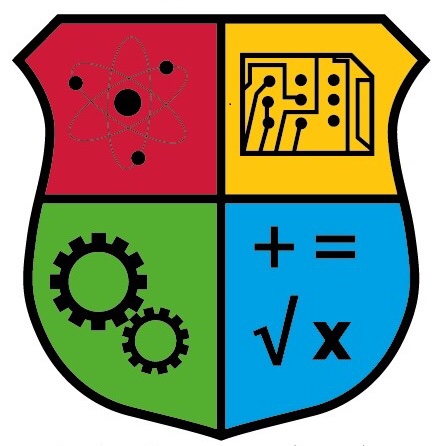About a month ago I wrote about the confusion caused by the many names of STEM. The addition of other subjects (STEAM, STREAM), often for reasons unrelated to the purpose of STEM, has made it more difficult to explain to parents, outsiders, and ourselves what we are doing, or why we are doing this. As promised, now I'd like to blow the doors off the whole mess and wonder what the STEM we've gotten into.
There are two parts of all STEM initiatives that I wholeheartedly endorse. It is clear that there is an ongoing and growing need for students with better skills in science, technology, engineering, and math to meet the demands of the current and future labor market. Dire predictions abound of thousands of I filled positions and jobs fleeing the country to Asia which has a larger (and far less expensive) trained work force. Though I balk at the suggestion that all (or even a majority) of jobs in the second half of the 21st Century will require STEM skills, our current method of instruction for these subjects seems to be lagging in results. The other aspect that appeals to me is breaking down silos of discrete instruction between subjects. The organization of the school schedule often places related fields far apart, and few students ever see connections or draw upon multiple branches of learning simultaneously for solutions. Too often students learn self-contained subjects rather than knowledge and skills.
That being said, I'm still wondering whether STEM initiatives truly serve the best interests of our mission. This nagging discomfort also falls into two categories. The first concern is about the relationship of the STEM subjects to the other areas of learning. STEM advocates are quick to point out that in emphasizing these areas we are not deemphasizing other areas, but I don't know what this means. Clearly money and resources will flow toward this area which can only result in less for others. This uncomfortable I'll-defined relationship between the STEM subjects and the others has led to the “letter creep” of additional subjects. To be on the gravey train, a discipline has to have a letter on board. I see a number of schools defining themselves as STEM schools, what does that say about the other skills at these schools? And what about the majority of students who will not go into a STEM field? For the unspoken reality is that a lack of people to fill these jobs currently does not mean that there are enough jobs in these areas to employ the entire population.
The other challenge I see is with the broader scope of education reform. Beside STEM there are other initiatives to improve learning such as differentiated instruction and blended learning. Though not essentially antithetical to one another, the limited capacity of schools too often forces a choice. School reform tools become almost like religious denominations, with schools worshiping at the altar of STEM or blended learning, or flipped classroom, or something else. While I appreciate all of these efforts, and I think students benefit almost any time that a school works to reform instruction (see my comments on disruptive innovation), it still seems wrong that too many schools are picking a brand to the exclusion of others.
This being said, I suppose I'm ultimately coming down on the side of developing a hybrid of all these valuable initiatives. How can we create environments where students cross the borders of subjects while working at levels that meet their needs and taking advantages of technological tools in instruction? I call this Highly Effective Instruction (HEI). Perhaps this should be the next frontier of education reform.
On the other hand, I could be completely wrong.
As always, I welcome your comments.
Image: https://en.m.wikipedia.org/wiki/STEM_Magnet_Academy

Reads as if you are giving it three stars.
You are probably right.